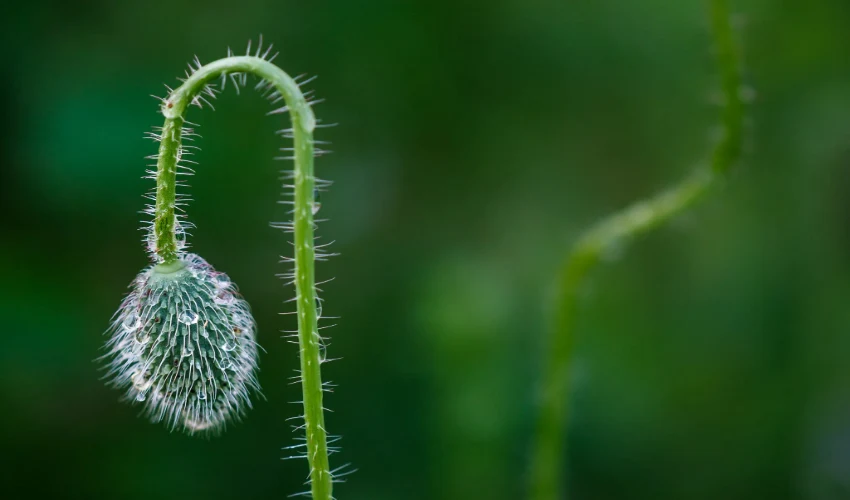
6 Tips for Growing Healthy Poppy Plants
Poppy plants, with their vibrant blooms and delicate petals, can add a striking visual element to any garden. Whether you’re cultivating poppies for their beauty, their seeds, or as part of your flower garden, it’s essential to understand the best practices for growing healthy poppy plants. Follow these six essential tips to ensure your poppies thrive in your garden.
- Choose the Right Variety of Poppy
Poppies come in a variety of species, each with its unique needs. The most common varieties include the Papaver somniferum (opium poppy), Papaver rhoeas (corn poppy), and the Icelandic dried poppy heads. When choosing your variety, consider the climate and soil conditions of your region. Some poppies prefer cooler climates, while others are more heat-tolerant. Select a variety that will thrive in your specific environment to ensure robust growth and abundant blooms.
- Plant at the Right Time
Timing is critical when growing poppy plants. Planting poppies too early or too late can affect their growth and flowering potential. The ideal time to plant poppy seeds is in the spring, after the threat of frost has passed, but while the soil remains cool. If you live in a region with mild winters, you can sow poppy seeds in the fall, allowing them to establish roots before the winter chill sets in. Always check your local frost dates to avoid planting too early or too late.
- Prepare the Soil Properly
Poppies are known for their preference for well-drained soil. Before planting, ensure your garden bed is free of compacted soil, as this can hinder root development. Amend your soil with organic matter such as compost to improve drainage and fertility. Poppies prefer slightly alkaline soil, so if your soil is acidic, consider adding lime to raise the pH level. Conduct a soil test to ensure the pH is between 6.0 and 7.5 for optimal growth.
- Water Correctly
While poppies need water to establish healthy roots, they are drought-tolerant once established. It’s essential not to overwater poppies, as they don’t like their roots sitting in soggy soil. Water your plants deeply but infrequently, ensuring that the soil is moist but not waterlogged. Allow the soil to dry out slightly between watering sessions. Overwatering can lead to root rot and other fungal diseases, so always ensure proper drainage in your garden beds.
- Provide Adequate Sunlight
Poppies love sunlight and require at least 6 hours of direct sun each day to thrive. Choose a sunny spot in your garden where your poppies will receive adequate sunlight throughout the day. While some varieties may tolerate partial shade, they will not bloom as abundantly in low light conditions. Sunlight not only promotes flowering but also helps prevent disease and pest problems that can arise in shady, damp environments.
- Avoid Overcrowding
Poppies need plenty of space to grow, so it’s important not to overcrowd them. When sowing seeds, ensure that there’s sufficient space between each one to allow for proper air circulation and sunlight. Typically, poppy plants should be spaced around 6 to 12 inches apart, depending on the variety. Crowding can lead to weak, leggy plants, making them more susceptible to disease and pests. Proper spacing allows each plant to develop fully and bloom at its best.
Conclusion
Growing healthy poppy plants is easy with a little attention to detail. By selecting the right variety, planting at the optimal time, preparing the soil correctly, watering appropriately, providing ample sunlight, and avoiding overcrowding, you’ll be on your way to enjoying a beautiful and flourishing poppy garden. These flowers not only add a touch of elegance to your landscape but can also be used for culinary purposes or as cut flowers for bouquets. Follow these six tips to ensure your poppies grow strong, healthy, and vibrant all season long.
